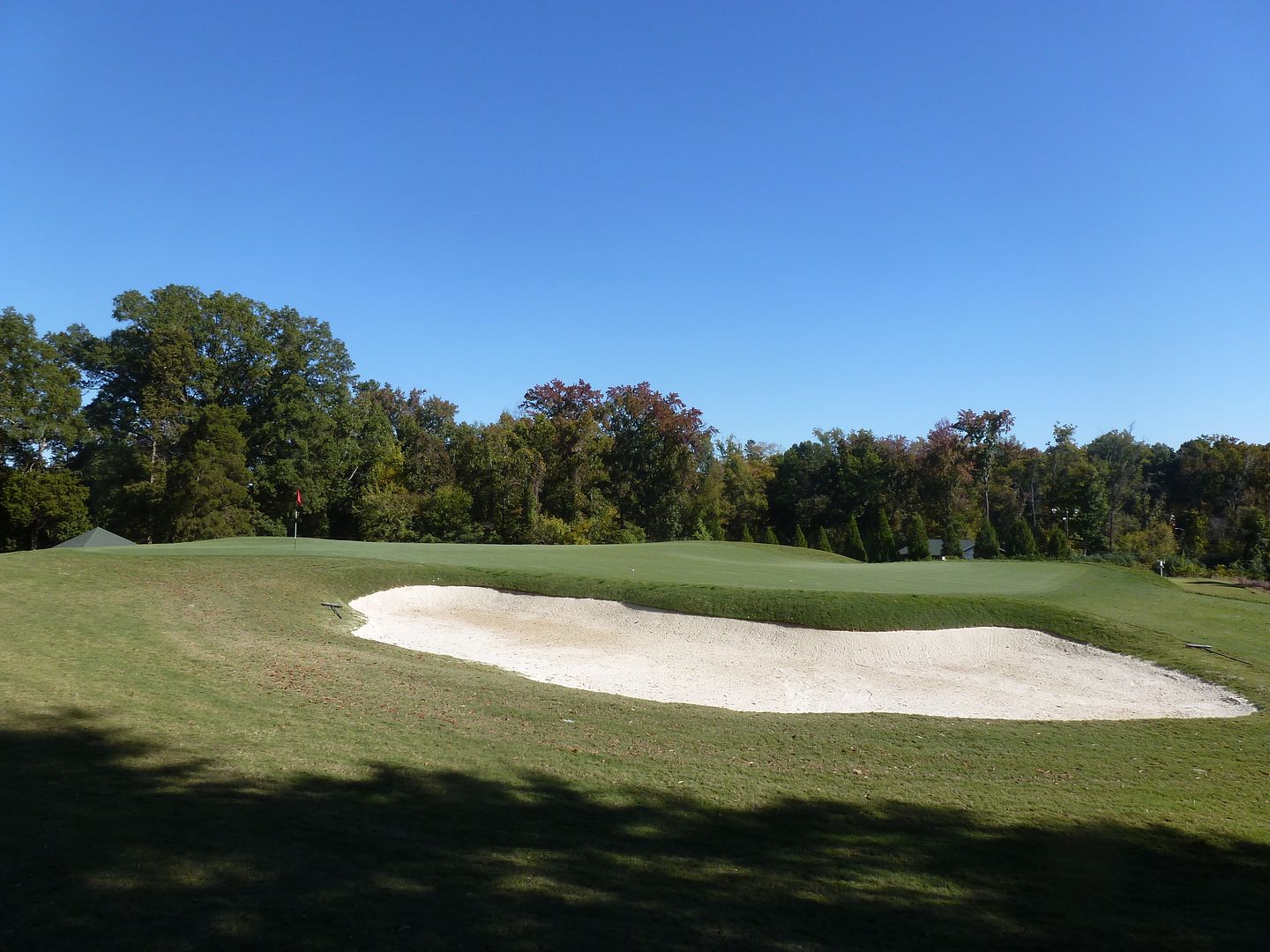Another exceptional DJR design that is little-known (though it is creeping up GW's classic list, now at 63).
Take a look at the aerials below to see just how much the course has changed as a result of the very recent Prichard restoration.
Just what I expect from Ross. Simple, strategic bunkering (with some forced perspective architecture to boot). Greens are quite varied, from tilted to tiered to greens with hollows to extreme. Phenomenal set of greens.
Par-4s are the strength of the golf course, with the stretch of holes from 4-6 being exceptional.
 Scorecard
Scorecard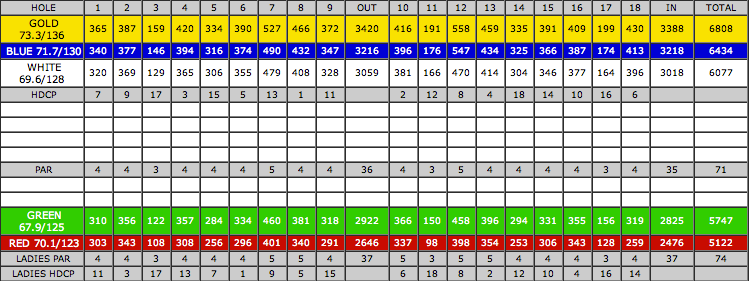 2005 Routing
2005 Routing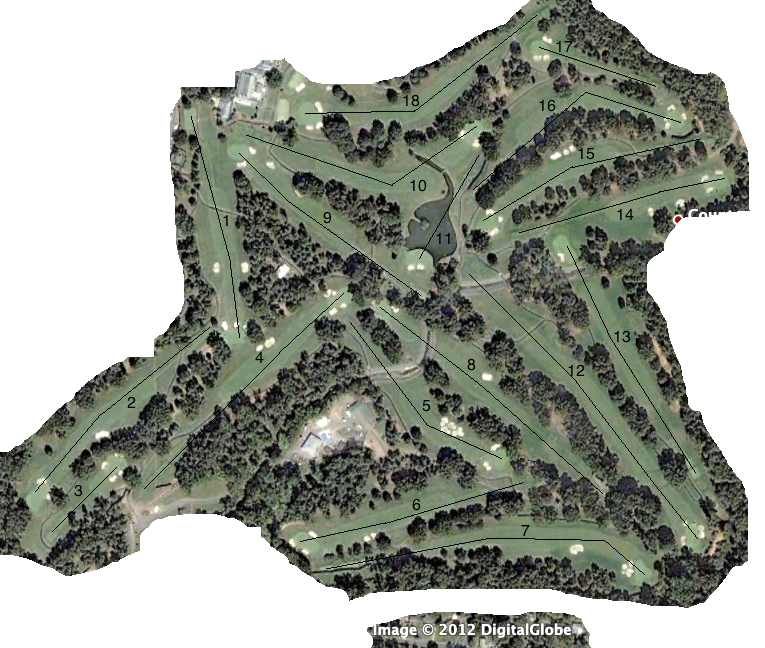 2011 Routing
2011 Routing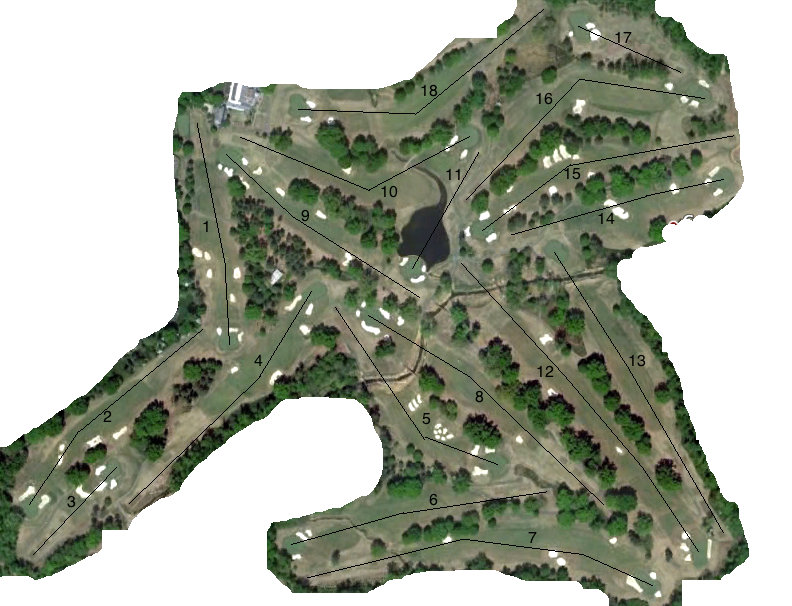 Hole 1: Par 4, 365 Yards
Hole 1: Par 4, 365 YardsLots of width for those willing to lay back off the tee. Golfers that want less than 130 yards into the green must challenge the penal [and deep] bunkering guarding each side of the fairway.

There is little room to run the ball onto the 1st green. Guarded on two-sides by deep bunkers and on the other two-sides by steep run-offs, the approach at the 1st calls for the utmost in precision.

The 1st green is one of the most internally contoured. Two large ridges and run-offs short and right require the golfer to find the correct portion of the green or face a difficult putt/chip.
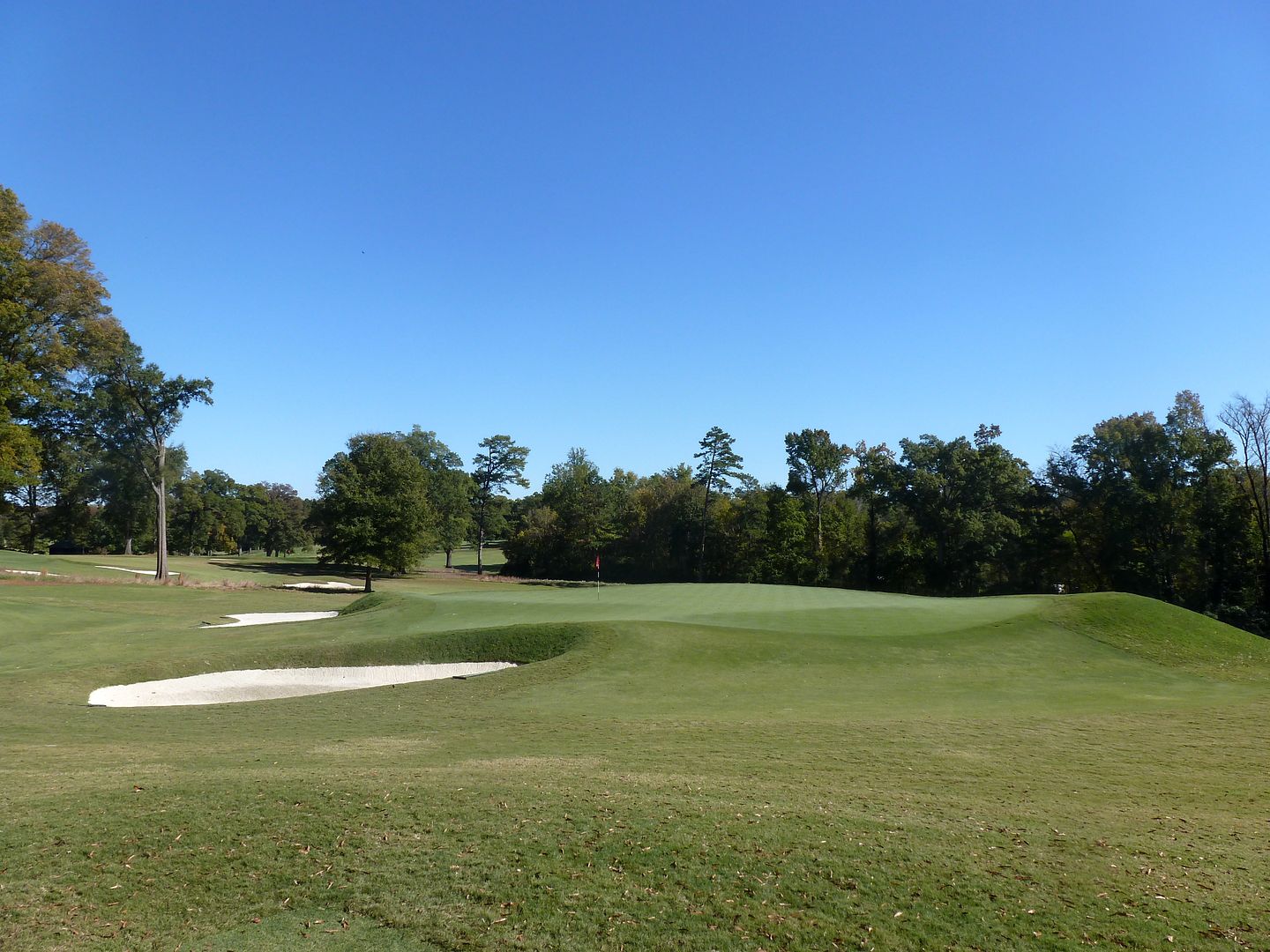
First green as seen from the 4th fairway (back-left)
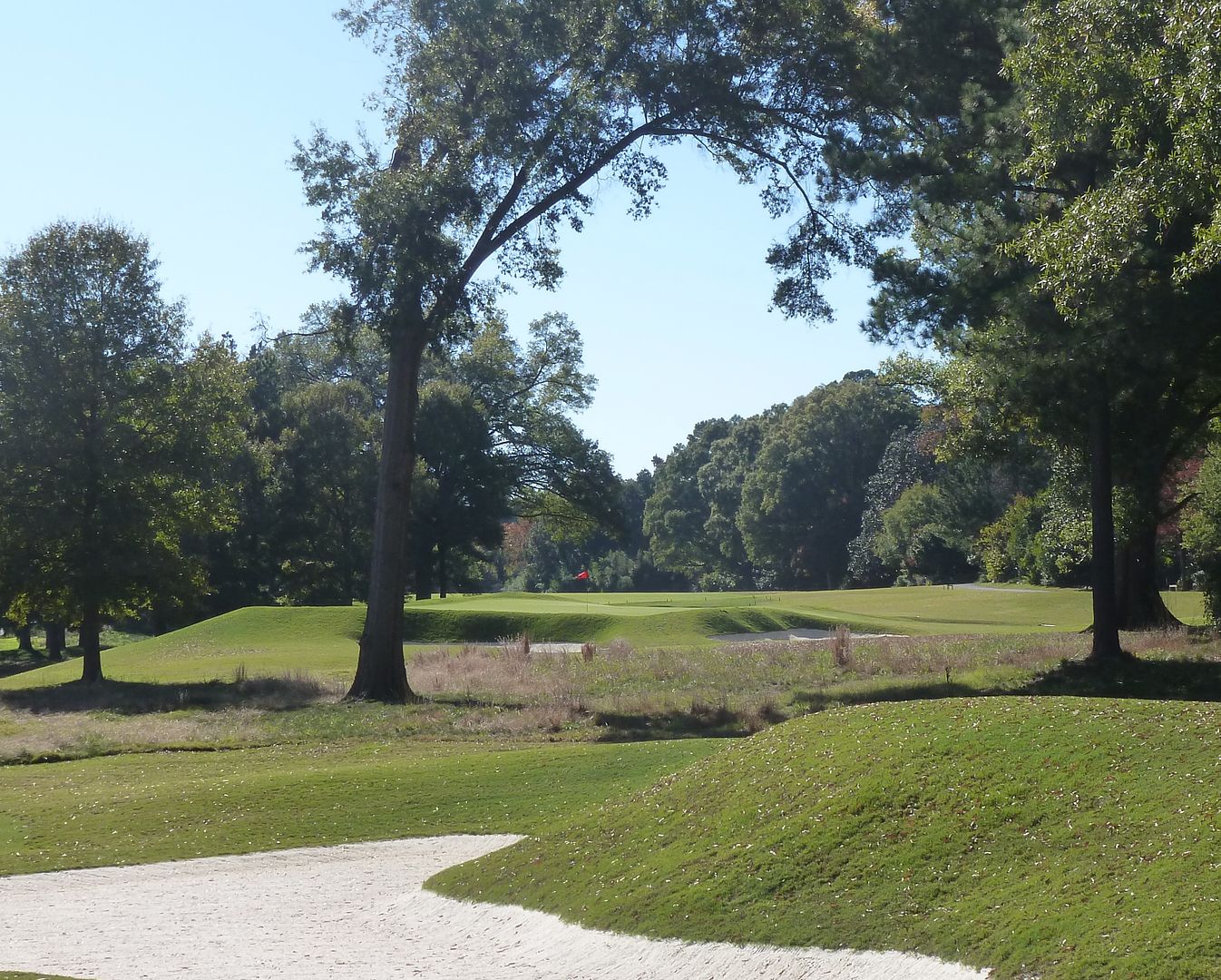 Hole 2: Par 4, 387 Yards
Hole 2: Par 4, 387 YardsA tee view I am more used to seeing from Maxwell than Ross, there is little in the way of visual suggestions for the ideal line. Only the bunker on the left gives any clue, but in truth, anything in the fairway short of the [blind from the tee] centreline bunker works just fine.
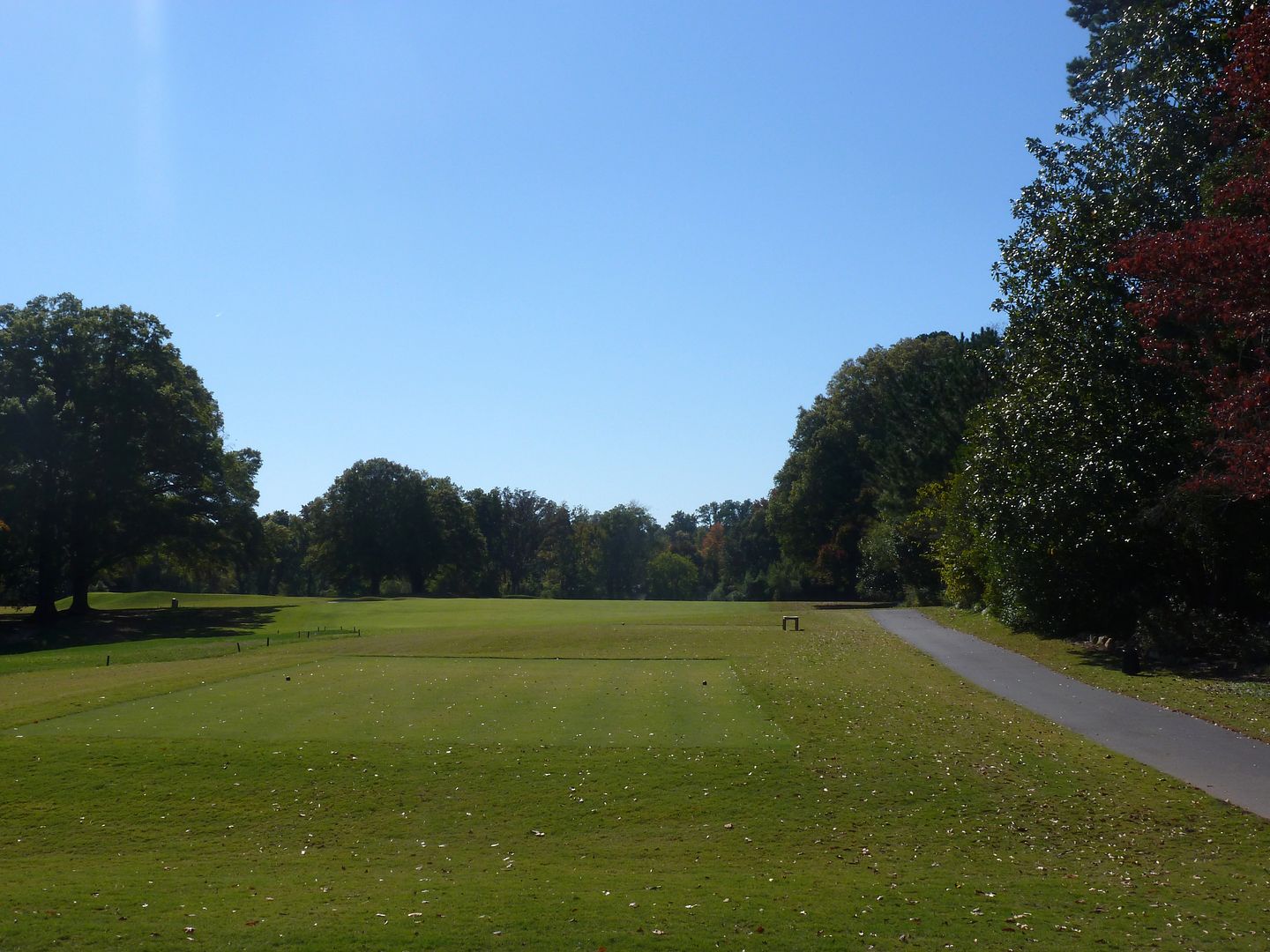
For most, the tee shot is a lay-up to the top of the hill. The bunkers are 250 yards to reach, and some big number to carry.

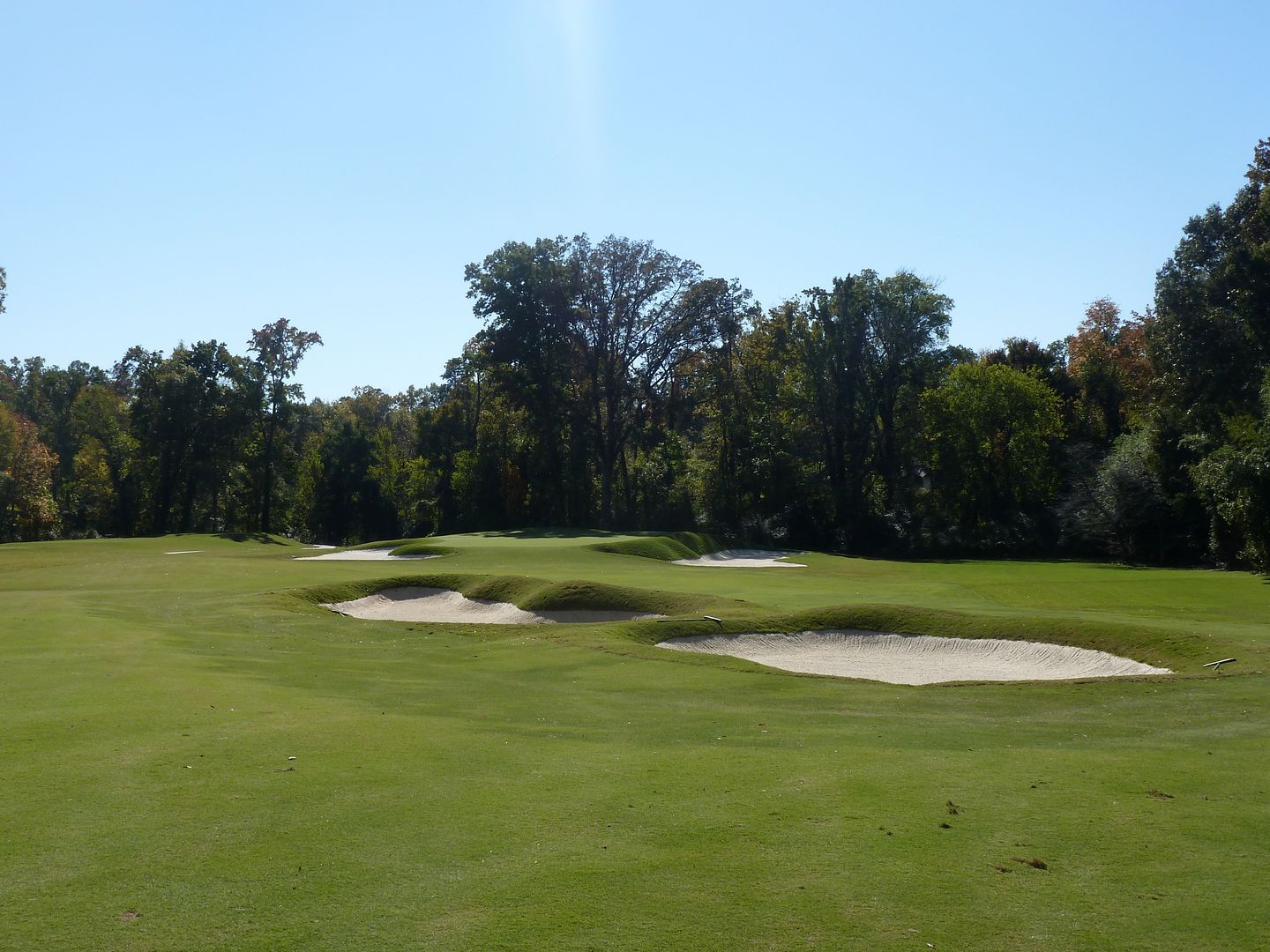
A second push-up green in two holes, and another difficult-to-find target. Guarded right by one of the deepest bunkers on the course, and left by a run-off that will send a missed shot many yards from the putting surface, there is no bail-out here.
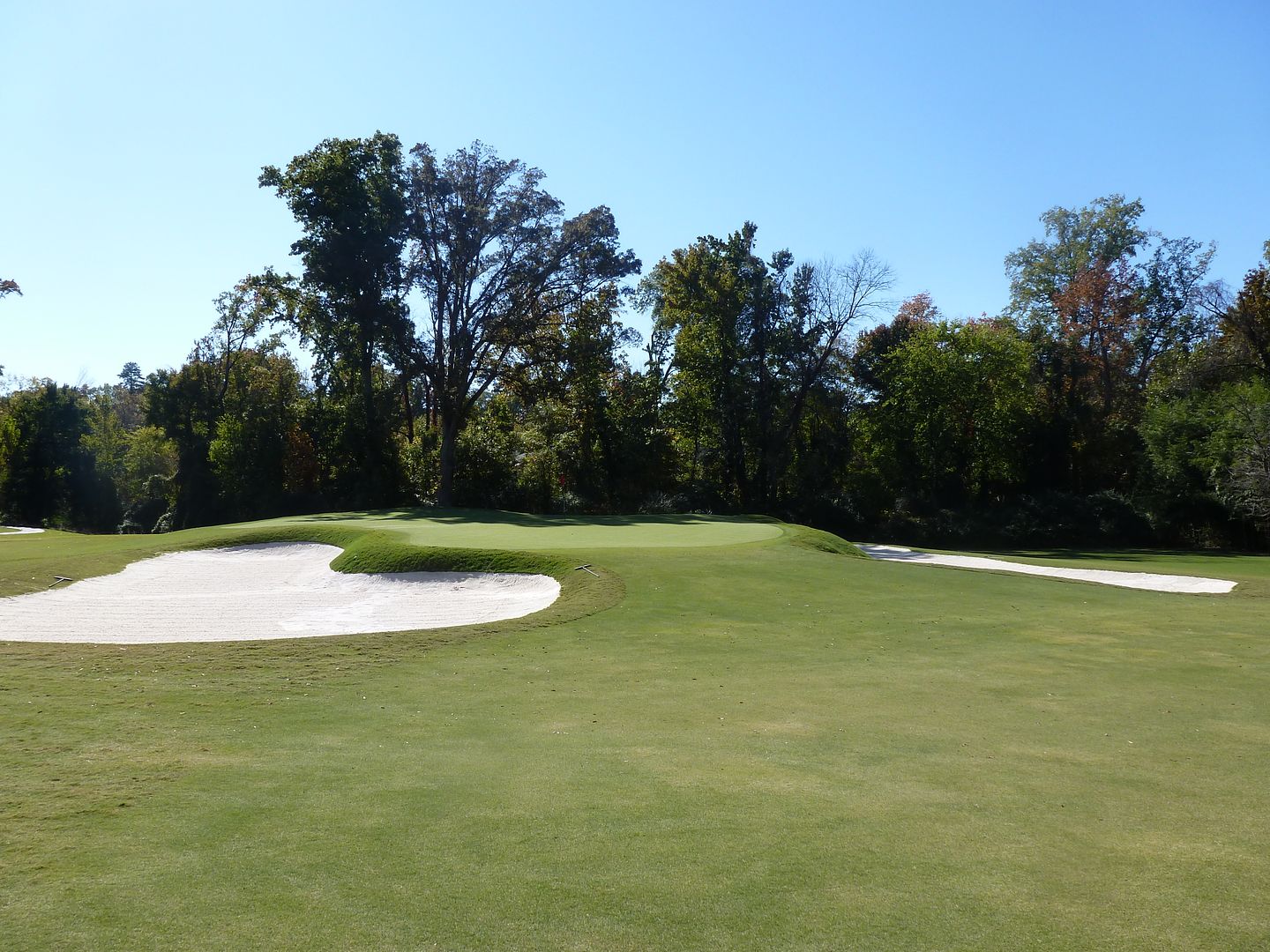
A view of the run-off left. The green is separated front from back by a ridge running across its centre.
 Hole 3: Par 3, 185 Yards
Hole 3: Par 3, 185 YardsA new back tee has added some 20 yards to this template Ross par-3. Ross is known for using cross-bunkers on his par-3 to create visual deception/confusion and this is another example, though not the best of this type I have seen.

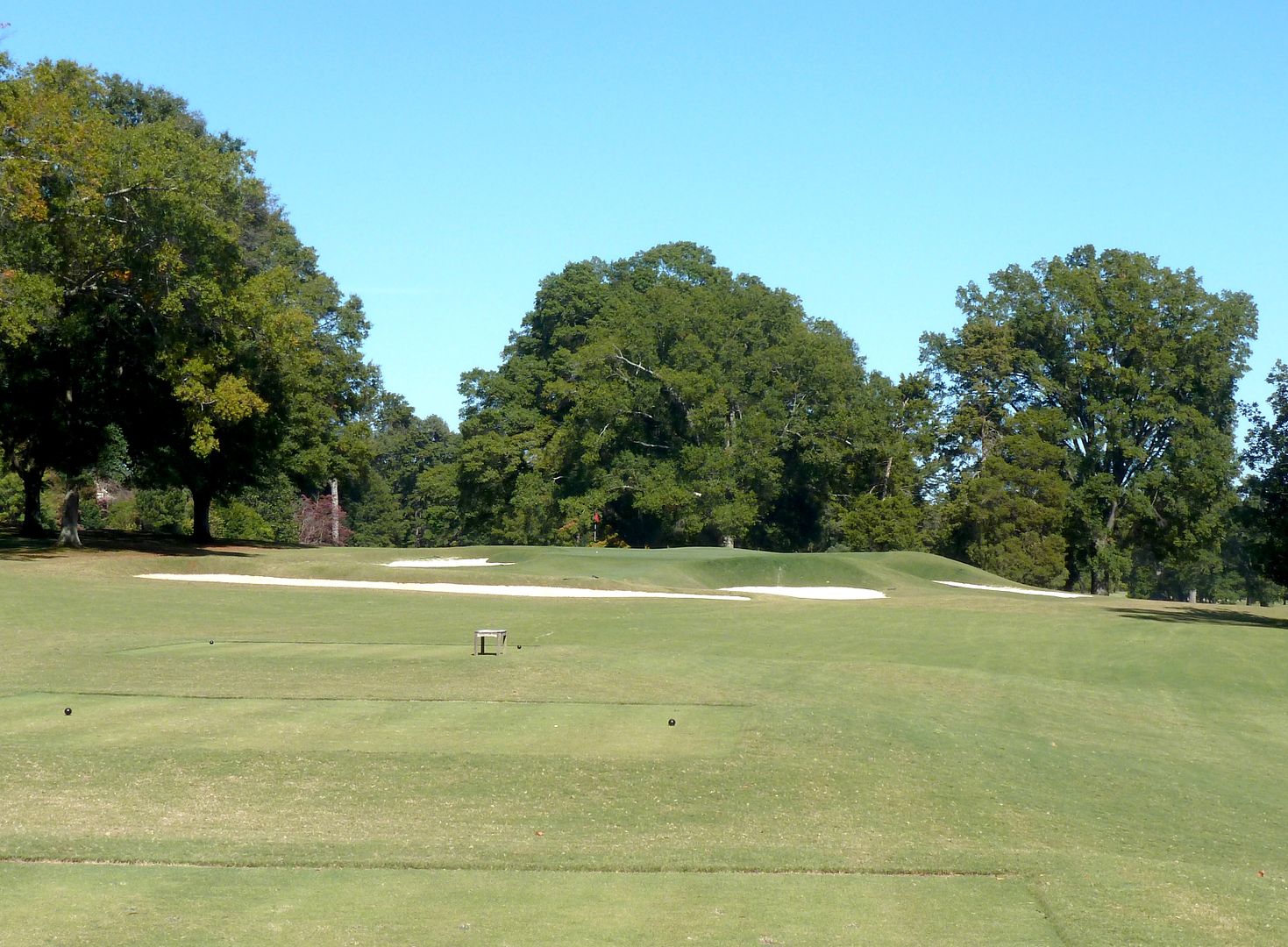
A third push-up green in a row, guarded by unforgiving bunkers. Though the first three holes are not long, they have almost no bailout. Missed shots will be penalized.
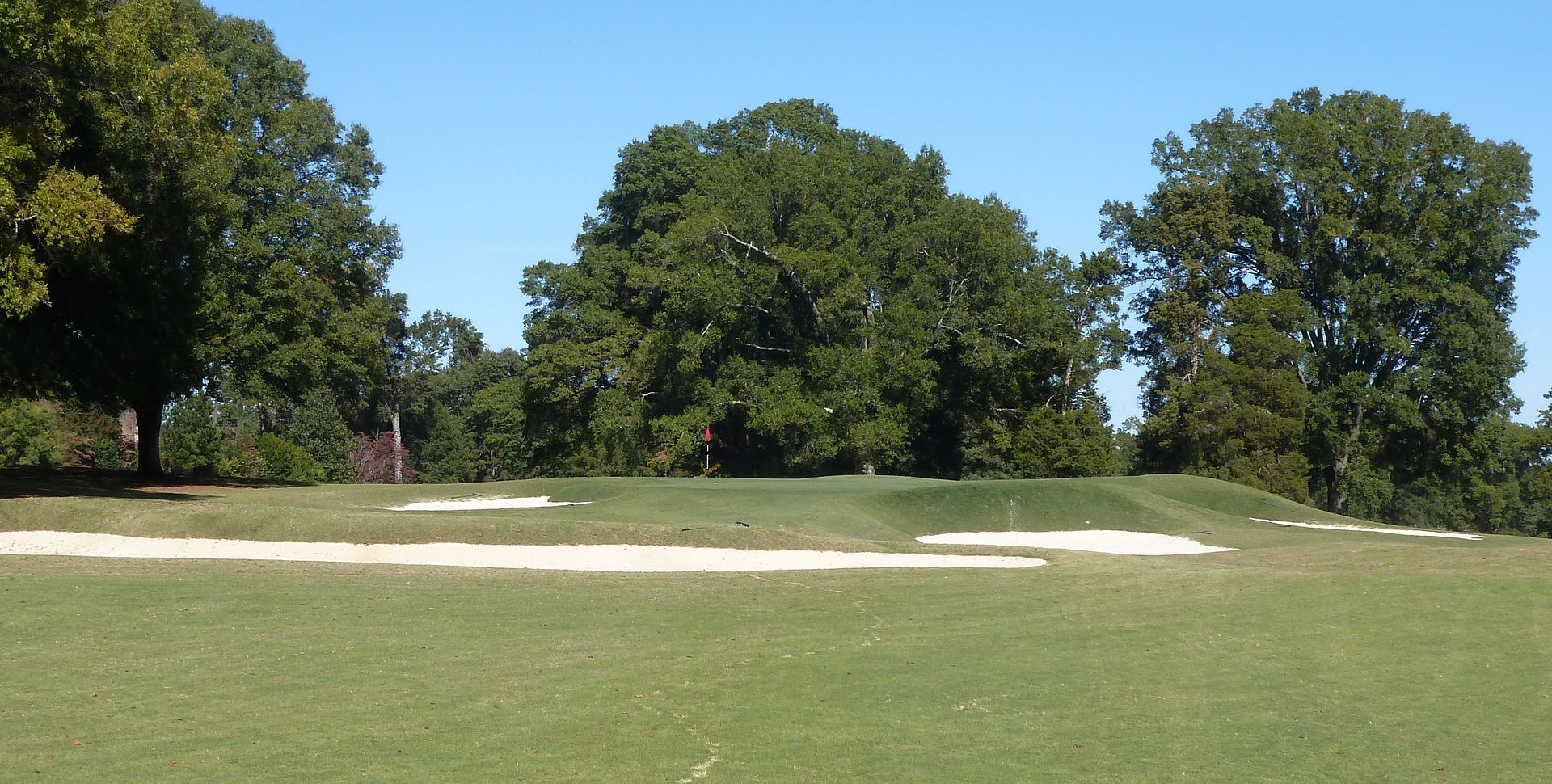
The green is deep and narrow. Slopes running along the leftmost and rightmost portions of the green will kick balls landing near the perimeter of the green offline and into the deep bunkering -- effectively shrinking the green further. A very difficult to access back-left portion of the green can be used for Sunday pin placements.
